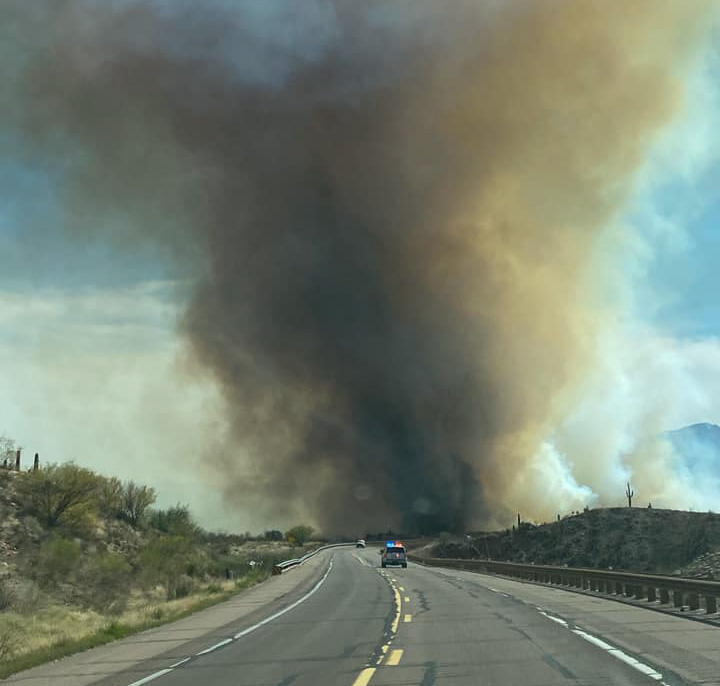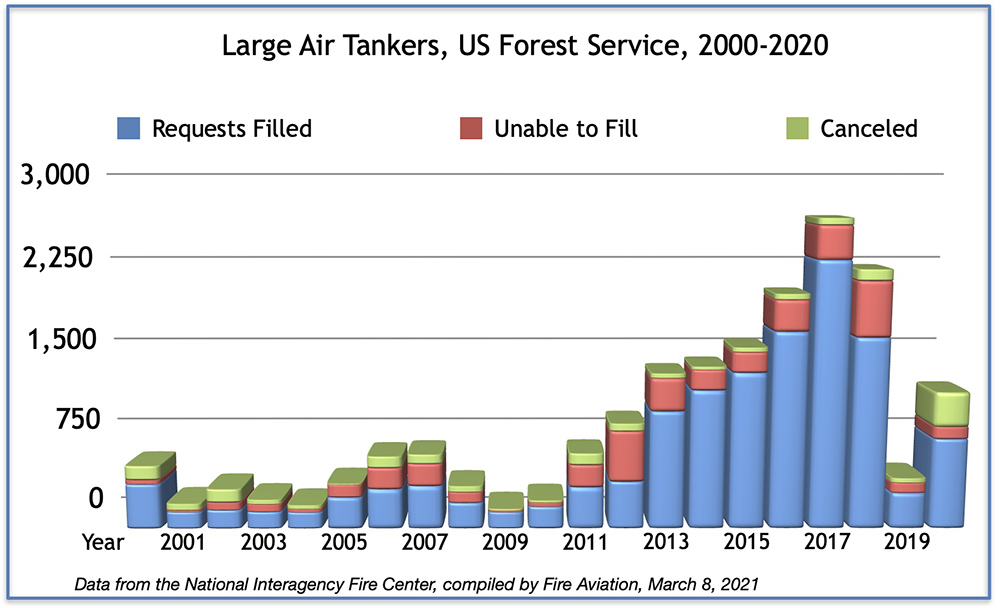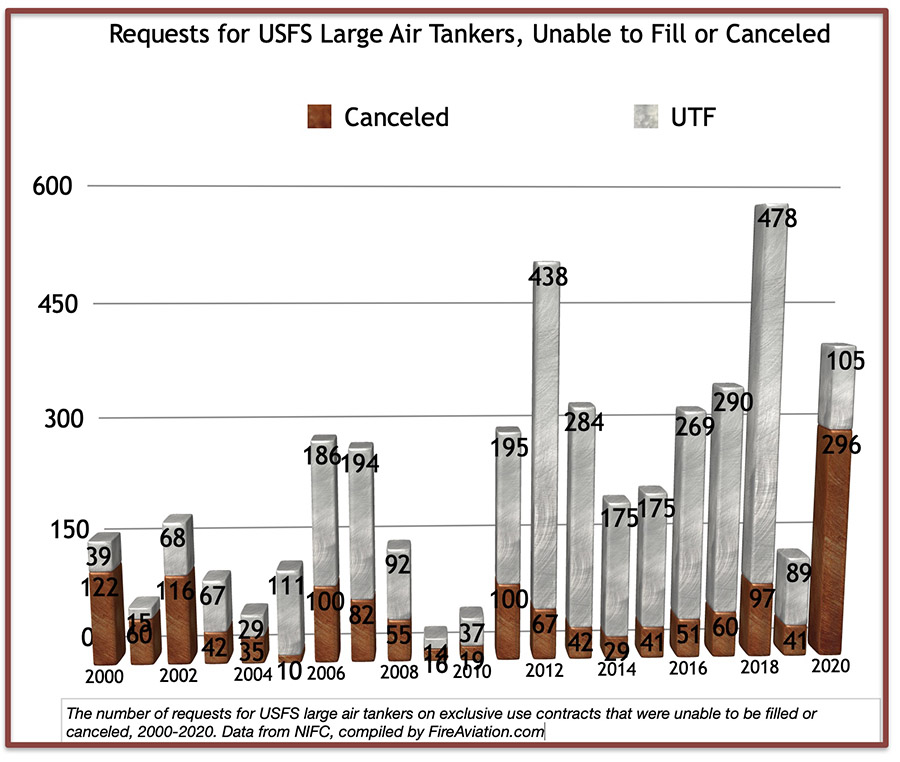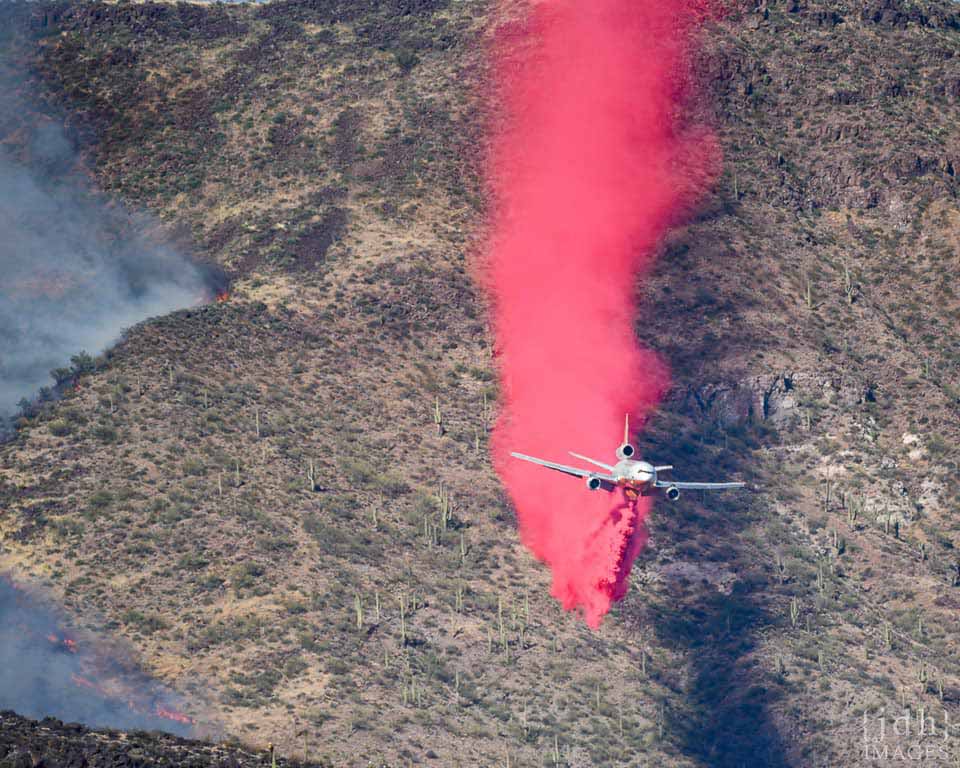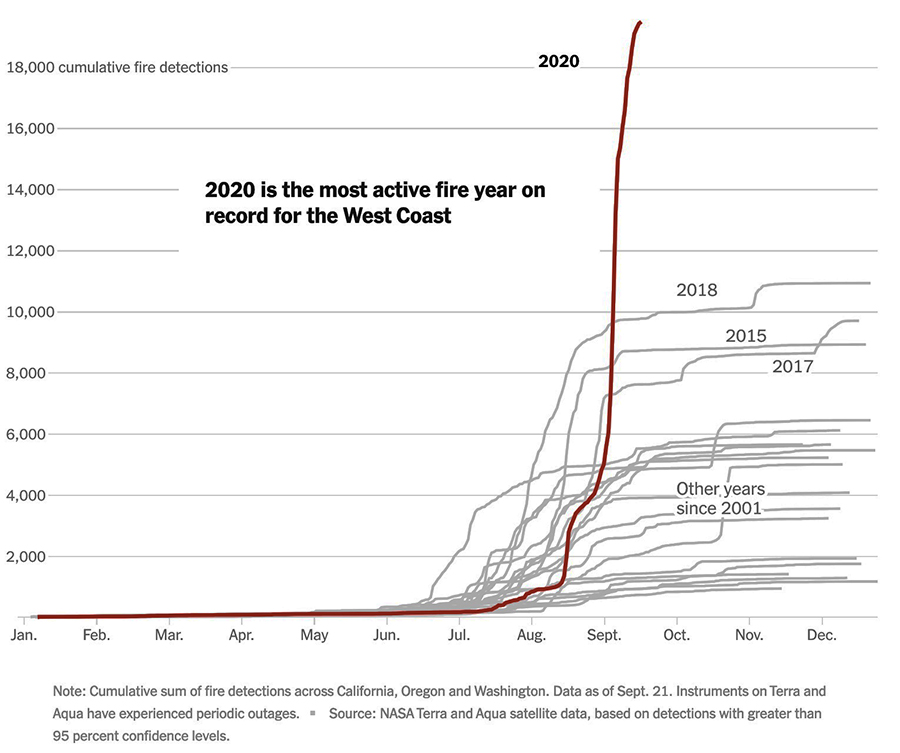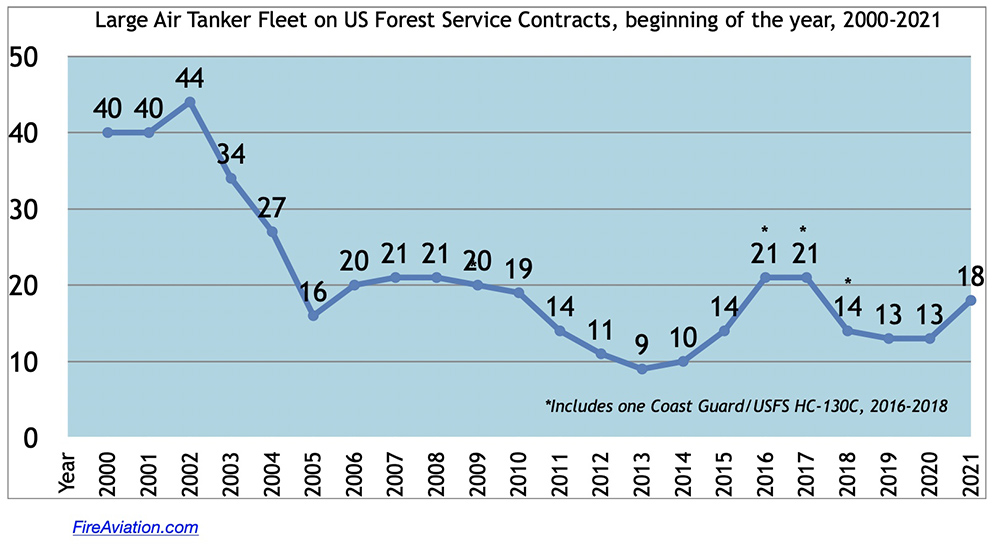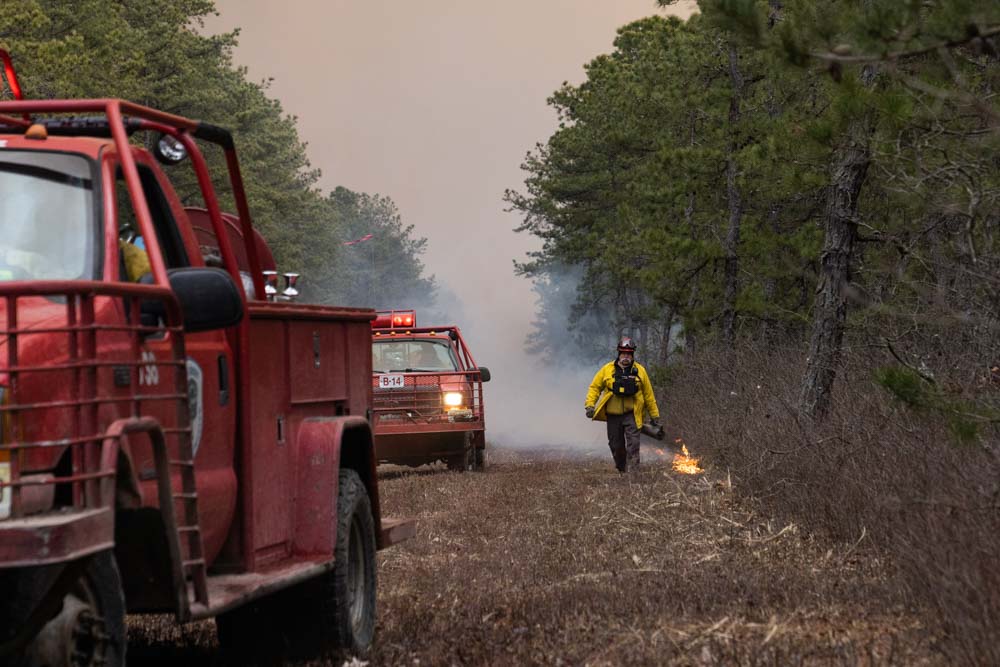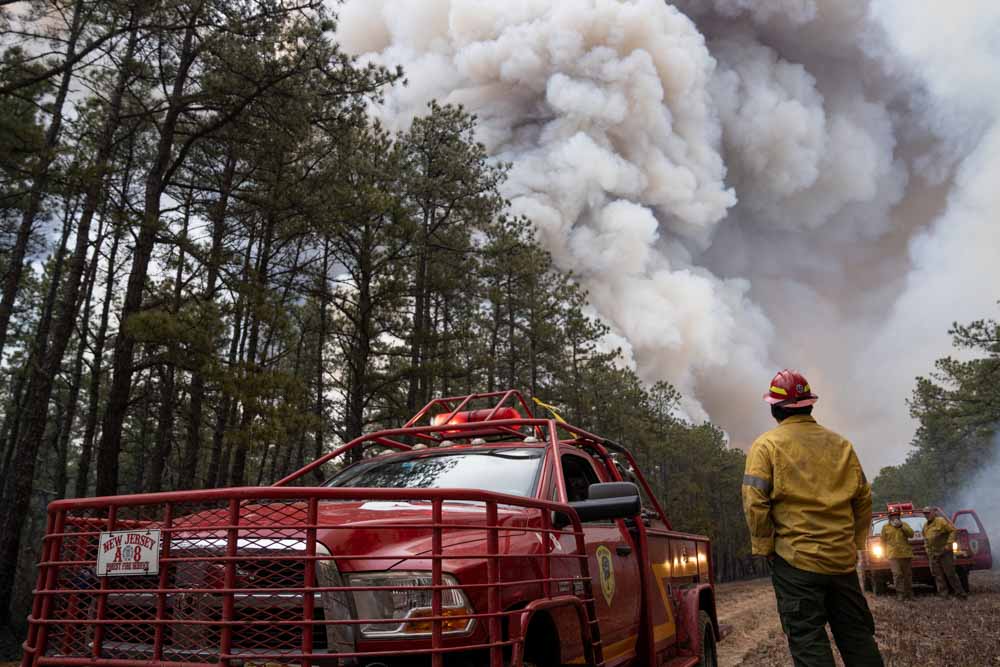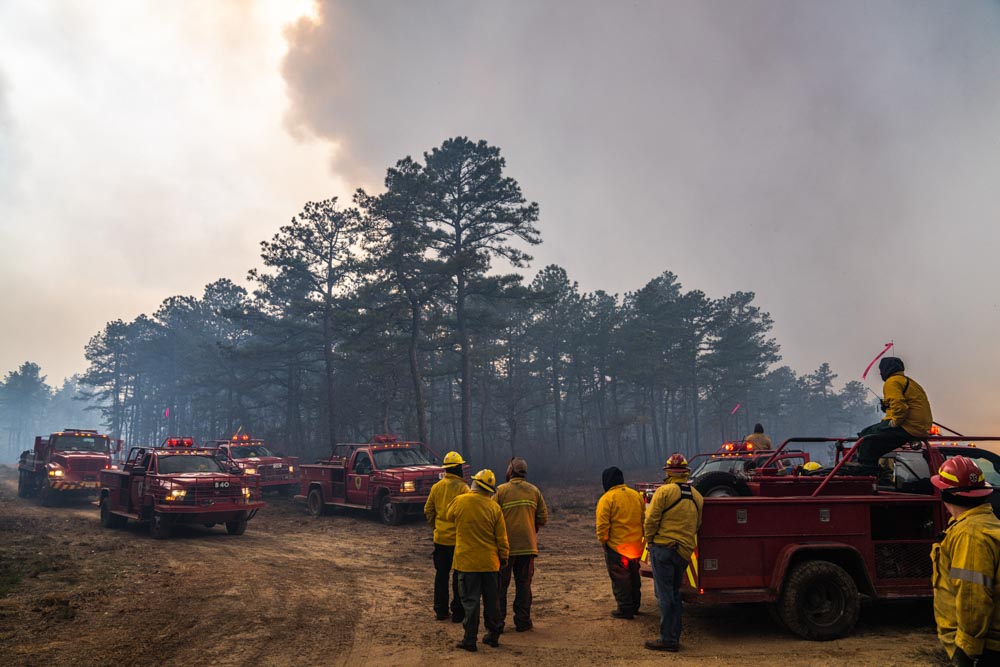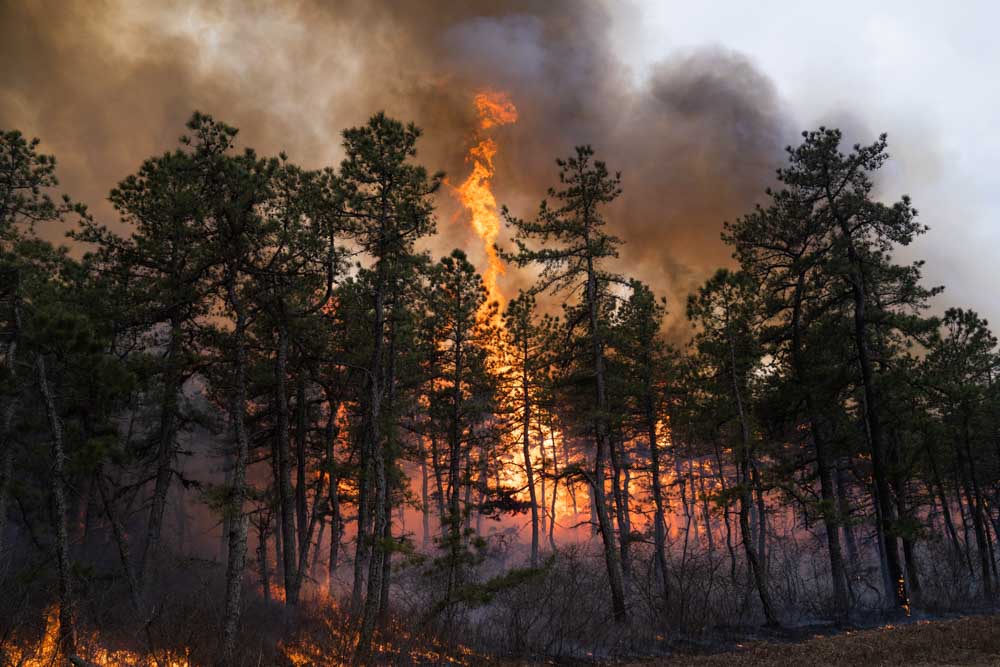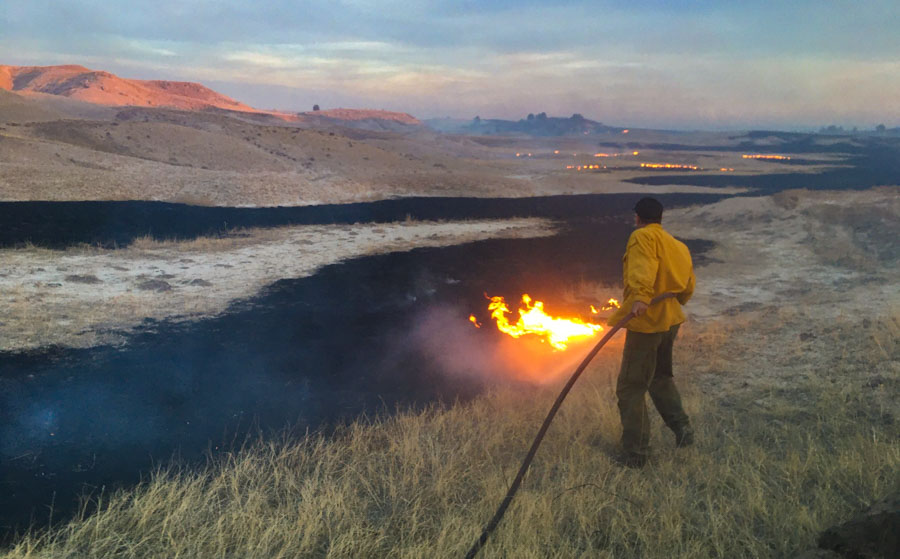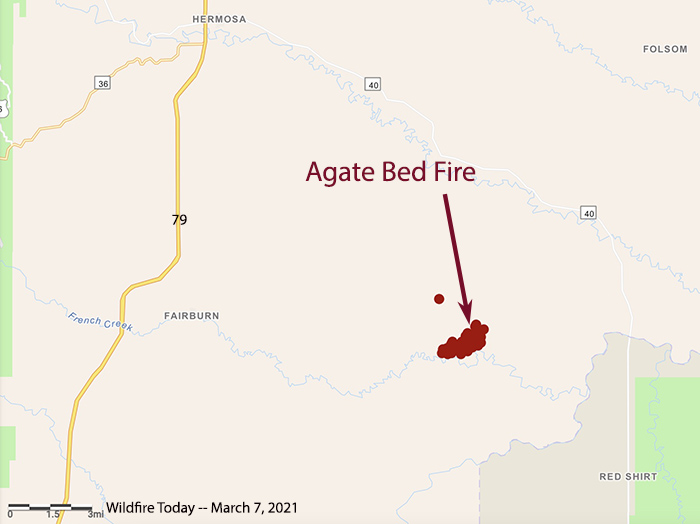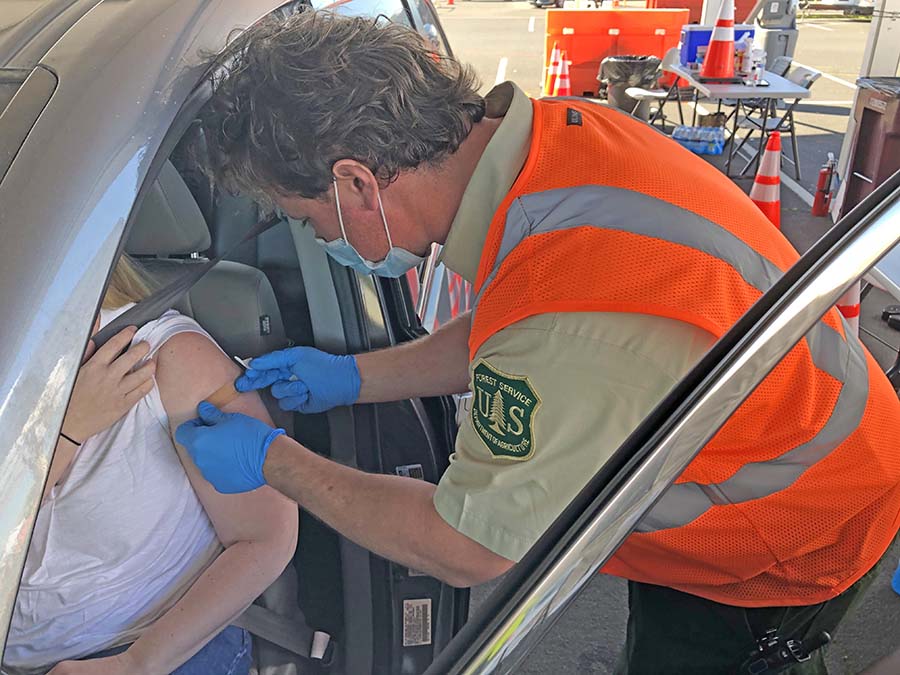
At least 491 federal firefighters, other federal employees, and contractors are assisting with COVID vaccinations around the United States after being mobilized through the Federal Emergency Management Agency’s Emergency Support Function #4.
The U.S. Forest Service is the lead agency responsible for coordinating ESF #4, which is primarily fire suppression.
As of March 9 the FS, working with their partner land management agencies, has organized the mobilization of personnel and equipment to assist in the administration of the vaccinations in approximately 60 sites in 15 states — New York, Maryland, West Virginia, Tennessee, New Mexico, Texas, Arizona, California, Nevada, Washington, Rhode Island, Illinois, Michigan, Idaho, and New Jersey. Other sites in more states are in the planning stages.
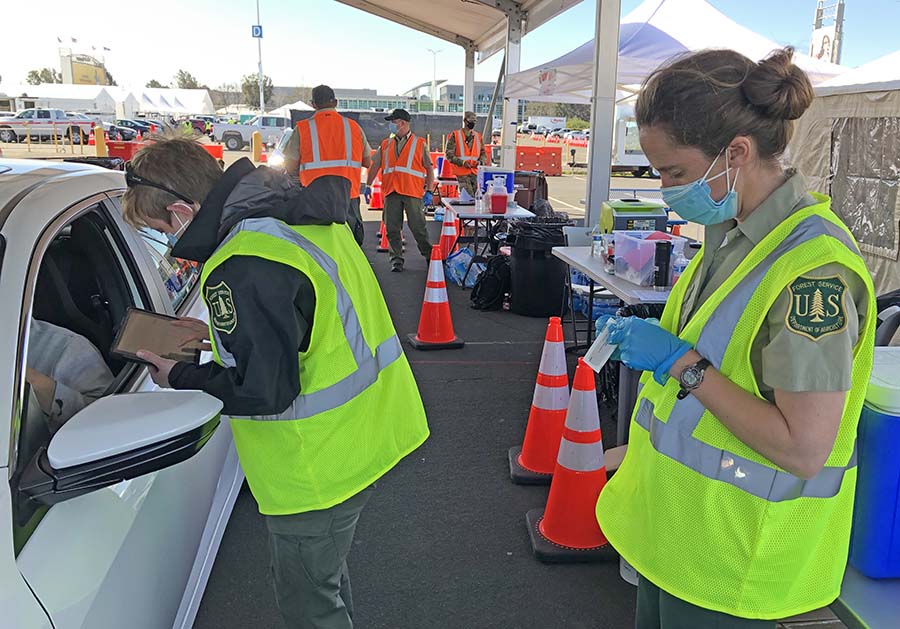
491 personnel are assigned through ESF #4:
- U.S. Forest Service, 210
- Bureau of Land Management, 16
- National Park Service, 26
- Fish and Wildlife Service, 2
- Bureau of Indian Affairs, 3
- State or local government, 94
- Contract personnel, 140
Three incident management teams have been activated — a Type 1, Type 2, and a Type 3 team, according to information sent out from the FS.

In addition, 24 radio kits more commonly seen on wildland fires are being used in New Jersey and New York.
ESF4_SitReport_03092021 by wildfiretoday on Scribd
Levy Sensenig, Smokejumper from @NIFC_Fire, was deployed as an EMT to @NashvilleMCC to assist with #COVID19 vaccinations. He completed training with this fellow EMT in anticipation of opening to the public soon. Levy is working with @fema/ @femaregion4. #FirefightingResources pic.twitter.com/tEvZsKyOLV
— Bureau of Land Management Fire and Aviation (@BLMFire) March 9, 2021
Federal & state personnel, including 50+ @forestservice employees from the 18 national forests in California, hit the 100,000 milestone for COVID vaccines given at the @Oakland Coliseum site. Check out the operation here: https://t.co/AhQKZ0WvmR & https://t.co/d4cnwd4iEI pic.twitter.com/v6v4YjQctA
— Forest Service, Pacific Southwest Region (@usfs_r5) March 5, 2021
Thanks and a tip of the hat go out to Jim.

